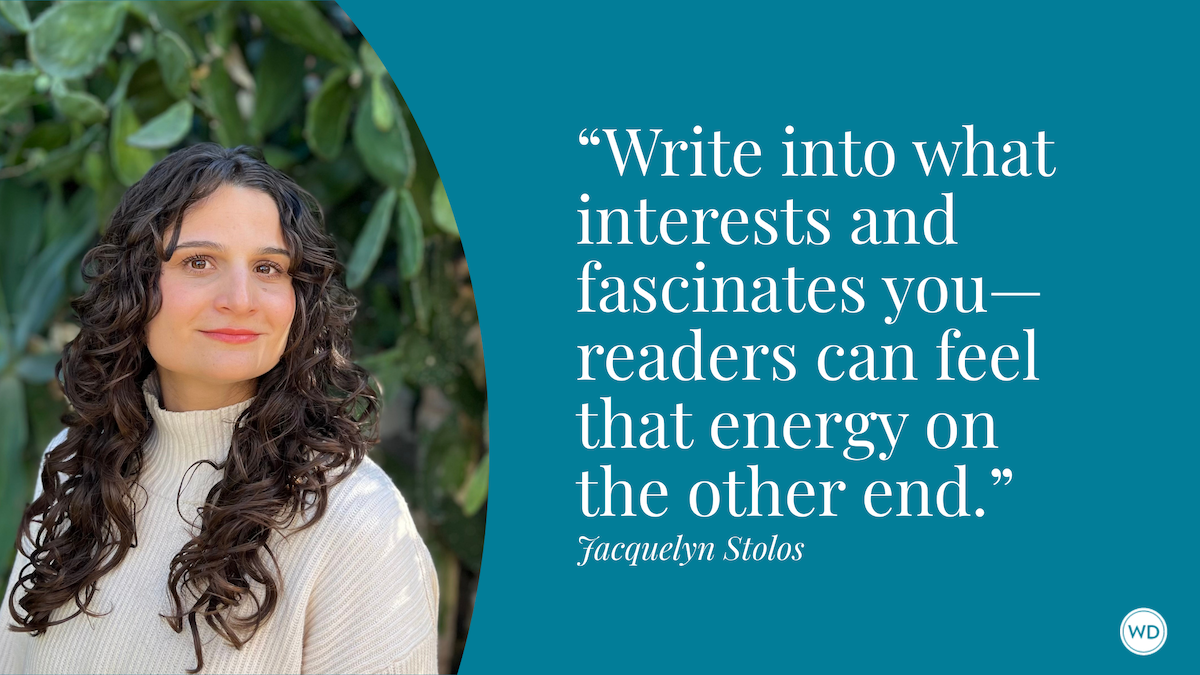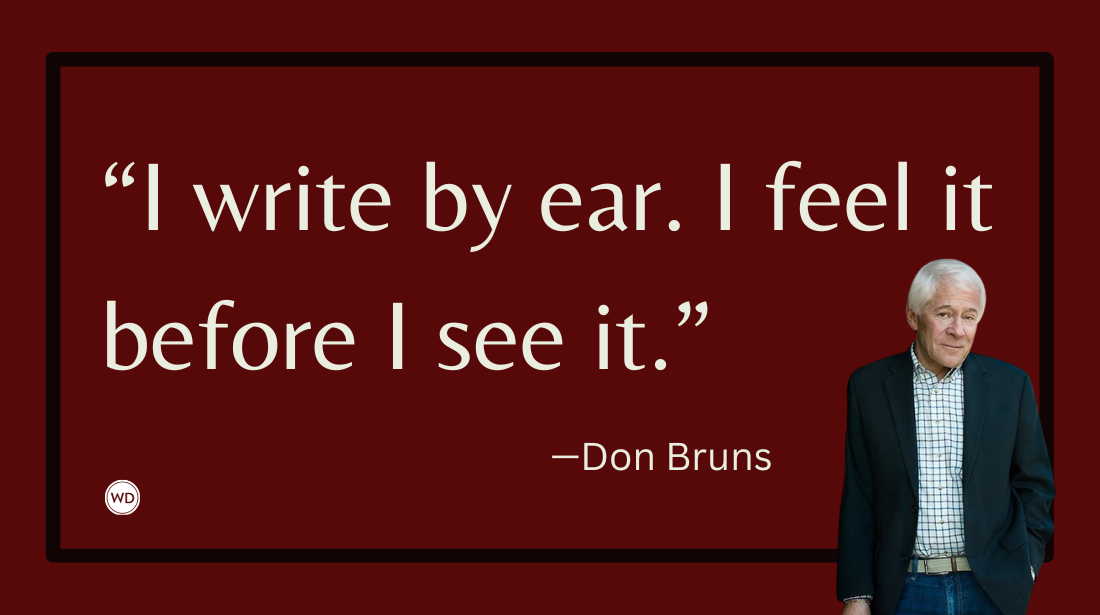What Defines Literary Horror in Today’s Evolving Landscape?
Author and English professor Jarret Keene discusses how horror has become a genre defined by experimentation and the exploration of complex themes centered on culture and identity.
Teaching an American literature survey today reminds me how much of the U.S. fiction canon is built on “survival horror.” In Jack London’s “To Build a Fire,” a man defies warnings and attempts a deadly trek across the frozen Yukon. In Stephen Crane’s “The Open Boat,” shipwreck survivors drift through shark-infested waters in a desperate search for land. In Charlotte Perkins Gilman’s “The Yellow Wall-paper,” a woman endures a psychological descent, while trapped in a room as part of a misguided rest cure.
Yet when I bring up the horror elements in these stories, my students rarely bite. To them, “horror,” at least in fiction rather than film, is something else. In the movies, it’s splatter or doomsday, psychological or supernatural. In print, it’s the fear of being unseen, misunderstood, or fundamentally othered in a world of conformity. For many of my English majors, literary horror speaks to intergenerational trauma, cultural dislocation, and existential unease. Especially couched in frightening stories, these elements fascinate my students.
And if you’ve browsed a bookstore lately, you’ve seen it. Horror is back. Blood is everywhere, but this time the authors are wearing new masks. Writers like Stephen Graham Jones (The Only Good Indians) and Silvia Moreno-Garcia (Silver Nitrate) are redefining the genre. Their work isn’t driven solely by gore or shock, the way post-Vietnam horror often was—with Stephen King’s Carrie setting the tone for decades. Instead, today’s leading horror voices combine cultural insight with literary experimentation, using fear as a lens through which to explore identity. And I mean fear in all its psychologically agonizing forms, the kind of horror that Edgar Allan Poe was an early master of.
Take Jones’s use of indigenous sweat lodges and spiritual reckonings or Moreno-Garcia’s blending of occult horror and fascist history via cursed reels of Nazi-era film. These aren’t just eerie premises; they’re cultural commentaries. They stand apart from horror fiction of the 1980s and ’90s, where the thrills were visceral and the body count was the point. There’s still a place for that kind of fiction, but my students crave horror that innovates, stories that twist form, shift point of view, and give voice to perspectives long overlooked. They want horror that experiments with narrative structure, that blurs boundaries between genres, that confronts real-world fears with poetic grace. I know this from the books they bring to class, the themes of the papers they turn in, and what they discuss with classmates and me.
For them, identity isn’t an add-on. It’s central. Literary horror, to feel urgent and alive, must reflect the complexities of gender, culture, and memory. And the authors my students admire understand this. One student, an aspiring writer, updates me on his ongoing correspondence with Jones, who is, like me, an English professor.
Jones has said he writes horror “to figure things out,” with scaring readers as a bonus. He respects his influences—Stephen King, Wes Craven—but he’s not afraid to subvert them. In The Only Good Indians, Jones switches abruptly to second-person narration (“you”) during a chapter narrated by a character who’s dead. The effect is eerie and intimate, drawing readers into the consciousness of a vengeful entity. This is horror not just as entertainment, but as literary experiment.
My students notice these choices. They seek them out. They want horror novels that feel fresh and personal, stories that risk something formally, emotionally, sociologically. They don’t just want to be thrilled by a story about slowly freezing to death or being eaten by zombies. Granted, my students are English majors, which makes them sophisticated in terms of literary tastes. But not every author they enjoy reading is an academic.
For example, Mercedes M. Yardley, is here in Las Vegas, Nevada. Her Bram Stoker Award-winning collection Love Is a Crematorium and Other Tales showcases what she calls “whimsical horror.” Others describe her work as “poetic horror with a broken heart.” Yardley, who has visited my writing workshops at UNLV, crafts characters—often women—scarred by grief, trauma, and abuse, yet never defeated. Her fiction balances darkness with hope. Her voice adds another necessary dimension to the evolving horror conversation. Sure, the discussion might not be familiar to those of us who grew up reading grisly mass-market paperbacks that we picked up and traded in used bookstores decades ago. But genres must be reinvented if they’re to continue.
Writers like Yardley aren’t just innovating. They’re building on a tradition, while reshaping it to meet our moment. Literary horror resonates because it reflects the anxieties of a new generation of readers—readers like my students—who want stories that unsettle them not just through terror, but through truth.
In the end, the reason we turn to horror hasn’t changed. We want to confront what haunts us and find release. But today’s readers expect more. They want horror that reflects who they are, how they live, and what they dread becoming.









